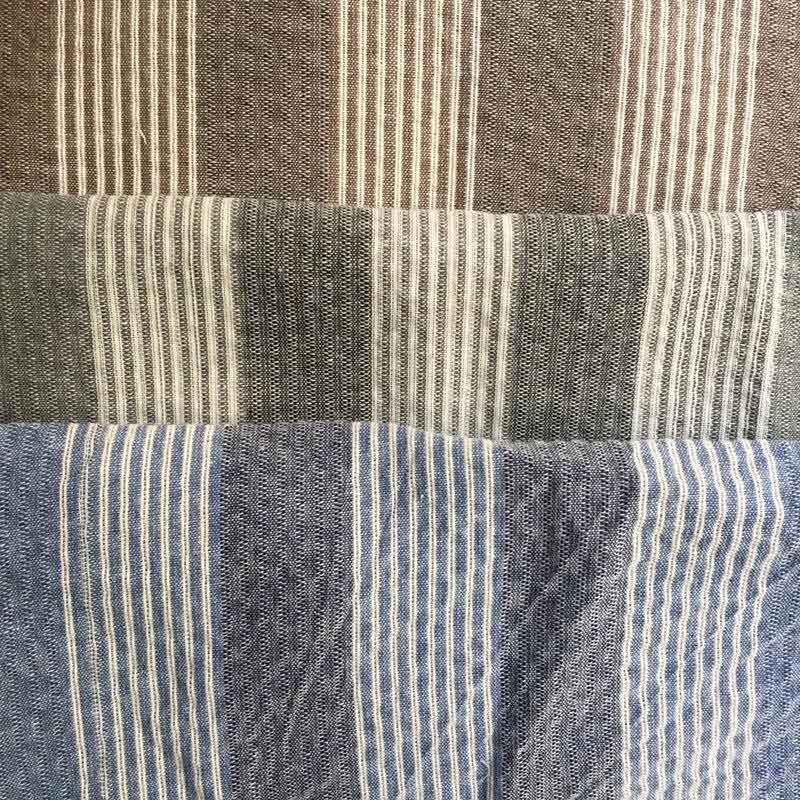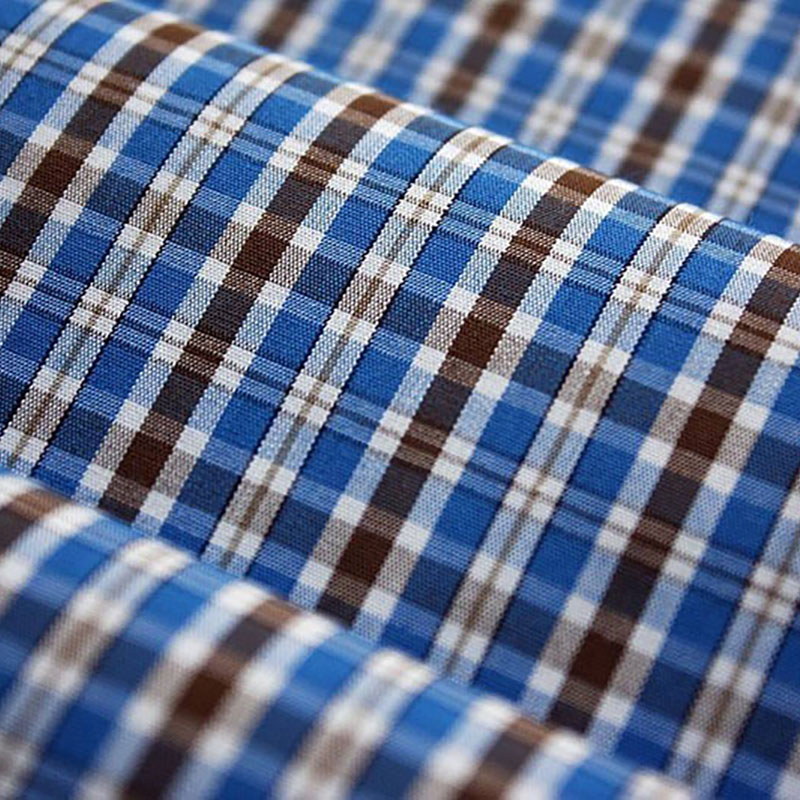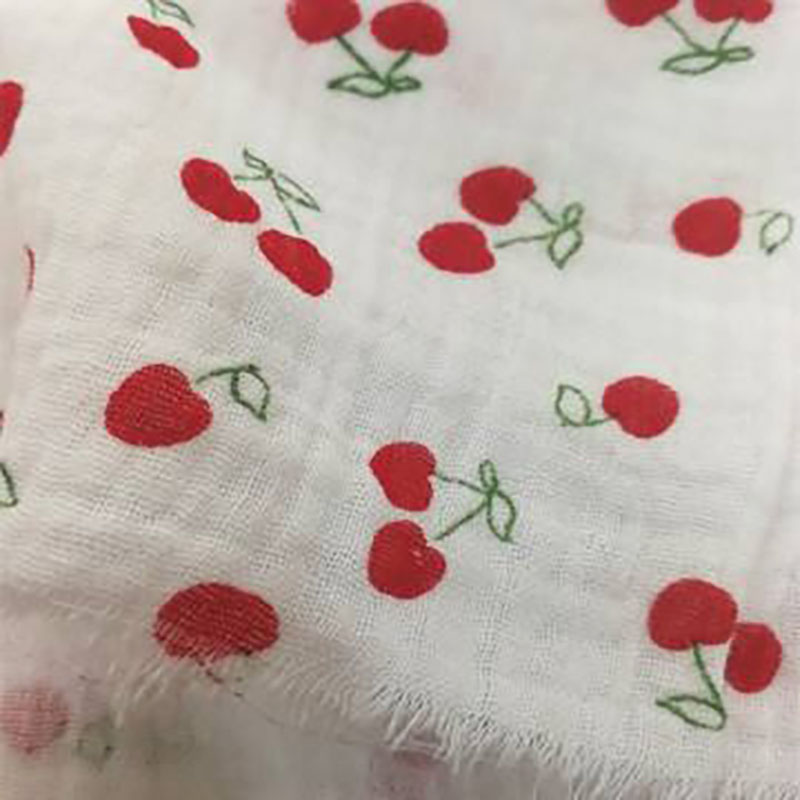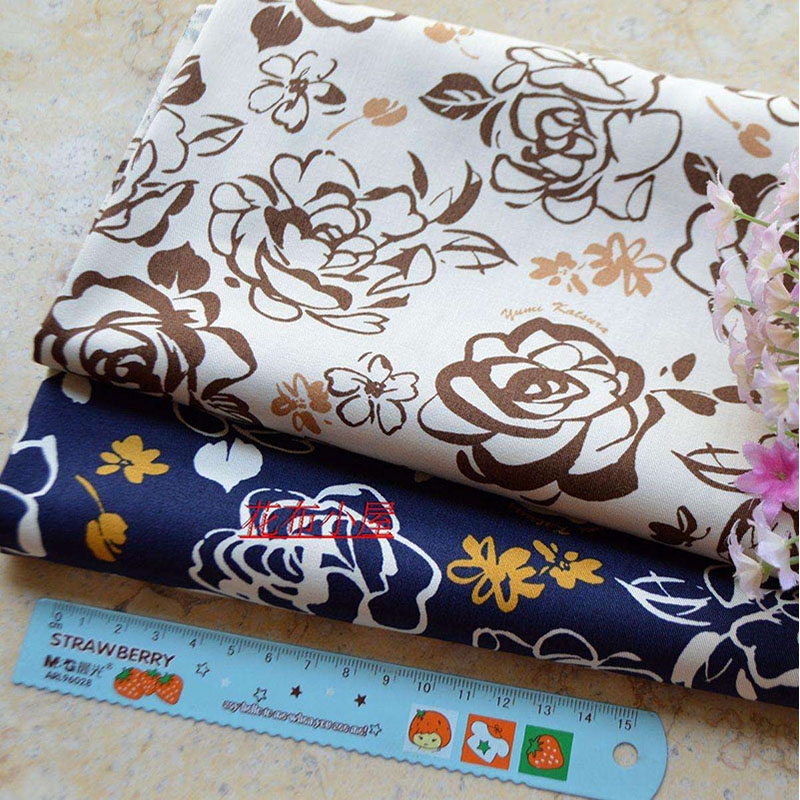In today's clothing market, fabric selection is no longer just a designer's personal preference, but has become a key factor in enhancing brand value and product competitiveness. This article will explore how to effectively enhance the overall value of clothing through accurate fabric selection.
High-quality fabrics not only improve the comfort and durability of clothing, but also have a strong appeal to consumers. Market research shows that more and more consumers are willing to pay a premium for comfortable and high-end fabrics. Therefore, when choosing fabrics, brands should consider their fiber composition, weaving process and treatment methods.

As consumers' demands for fashion continue to increase, the choice of fabrics must also keep up with the trend. For example, the rise of environmentally friendly fabrics has promoted the development of sustainable fashion. According to market analysis, more and more brands have begun to invest in the research and development of renewable and organic fabrics to meet consumers' demand for environmental protection.

Fabrics not only affect the practicality of a product, but are also directly related to the brand’s positioning. Designers can convey the brand’s unique values and aesthetics by choosing specific high-end fabrics. Using unique and high-quality fabrics can make a brand stand out from the competition compared to mass-produced products.

High-end fabrics usually mean higher costs, and brands need to consider production costs, target markets and brand positioning when setting prices. Market research shows that a reasonable pricing strategy can not only maintain the brand image, but also effectively increase market share and sales.

In summary, fabric selection has a profound impact on the overall value of clothing. Through in-depth market analysis and grasp of fashion trends, brands and designers can better meet consumer needs and enhance the market competitiveness of their products.
